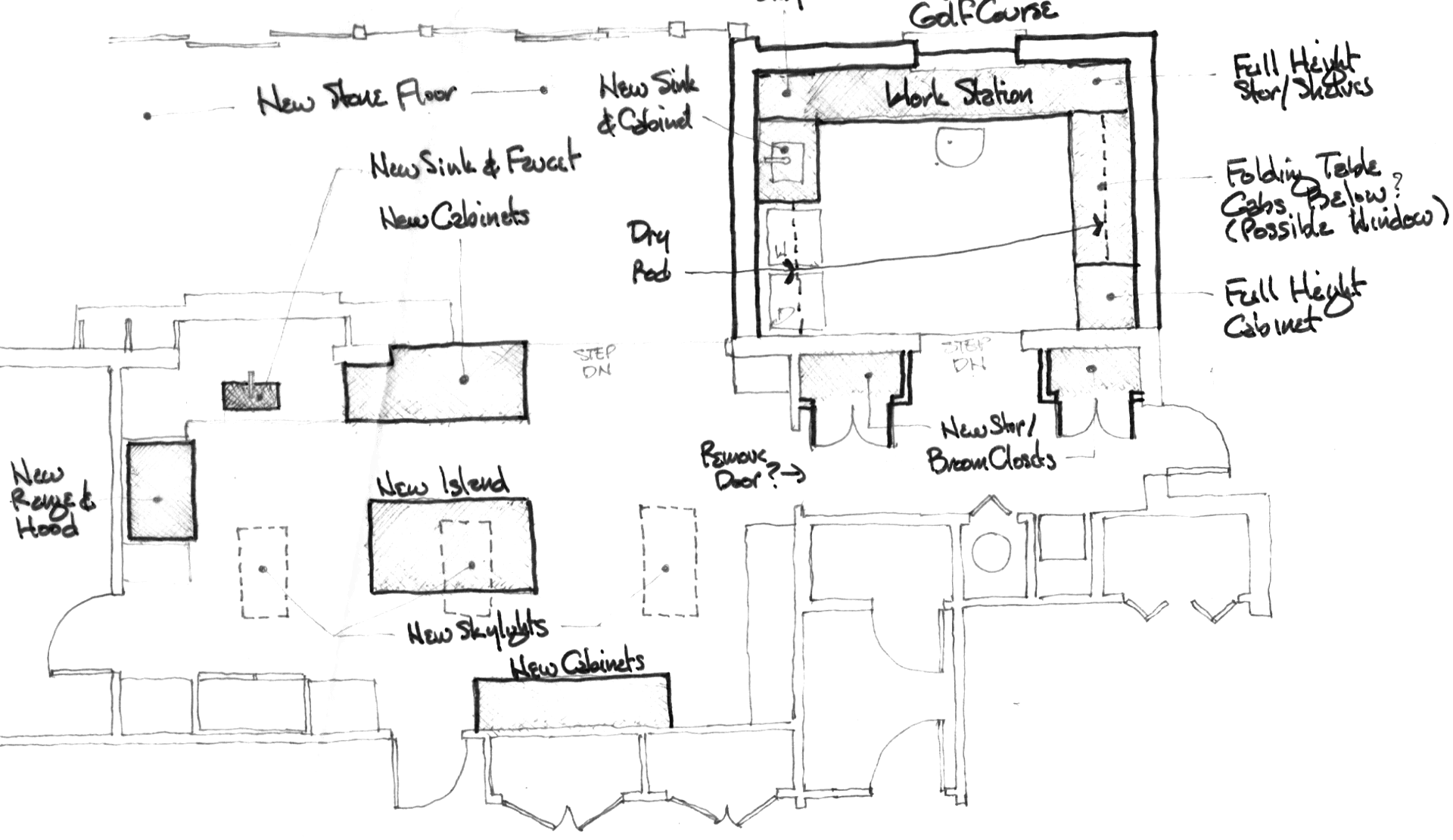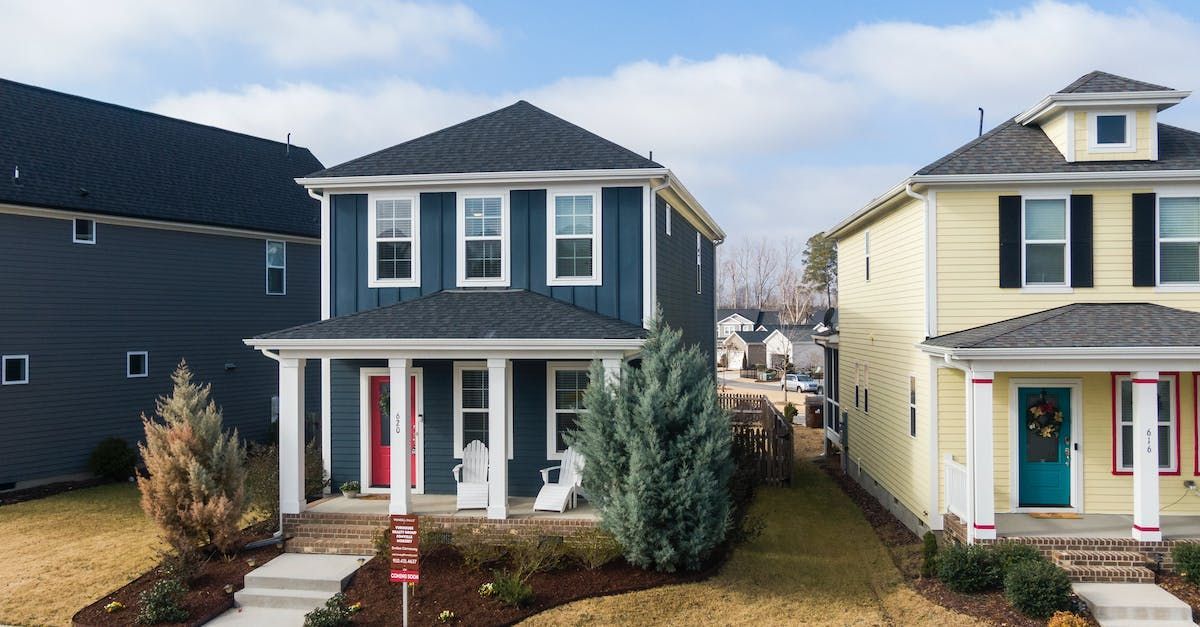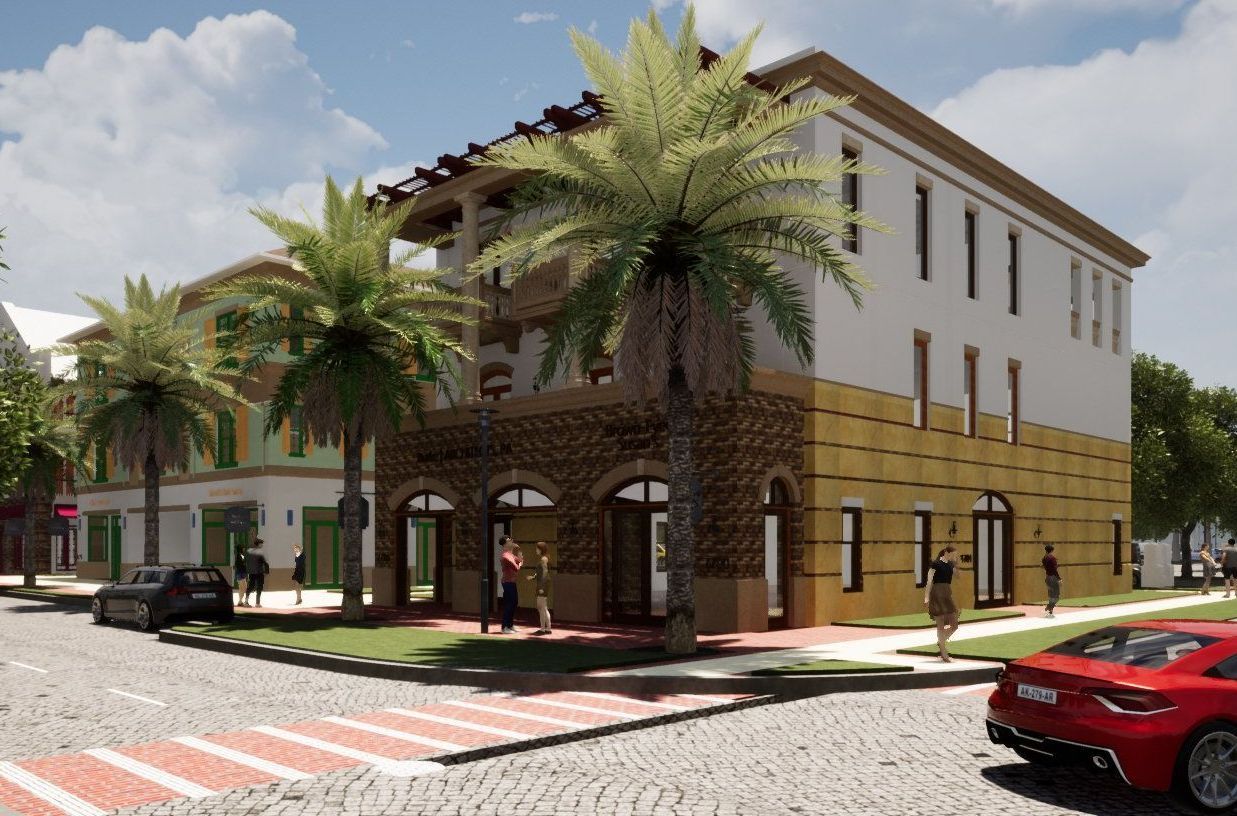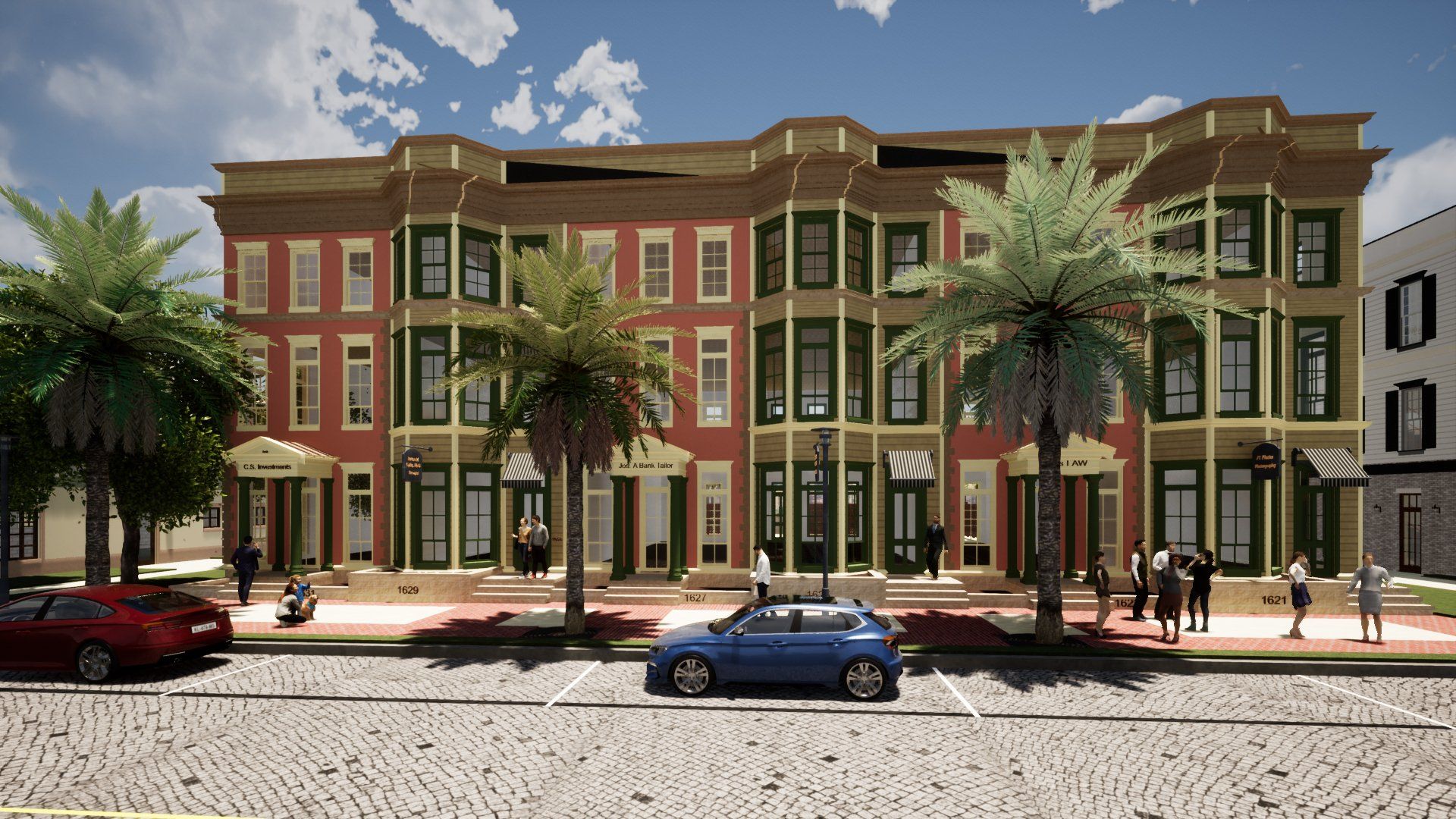Communication Leads to Effective Collaboration
Successful architecture design projects are built on it

In Frank Lloyd Wright’s day, the genius architect was the great wizard who delegated a design to his clients.
Those days are long gone. Architecture is not created in a vacuum.
Why does communication lead to effective collaboration for a successful project?
Many individuals, especially those who have never engaged an architect to design a building for them, have no idea what we do as a profession. Most think we just “draw a plan.”
Truth is, Architecture and just plain building, requires much more than that.
1. COMMUNICATE RIGHT FROM THE START
Whether you have worked with an architect or not, the starting point is QUESTIONS.
Ask a lot of them.
It’s just not “...what do you charge?” Many good architects won’t answer that question until they have an understanding of what you want.
By asking questions you can easily determine if the architect is the right person for your project. The architect should also be asking you a lot of questions. You might even feel the architect is getting too personal (especially if you are wanting a home designed), but it is important for the architect to understand how you live work and play. Remember, this is just the beginning of a long working relationship.
Asking – and answering – questions is the first step in establishing effective communication.
2. COMMUNICATE HONESTLY
As is the case in any personal interaction, communication, honest expression of wants and desires, can lead to results where everyone walks away happy.
Once you have hired your architect, a dialogue should be initiated by the architect. That dialogue can be a questionnaire for a residential project or host of meetings where the architect becomes a detective, asking many questions that form what architects call a “program.”
This initial dialogue is where wants and desires, goals and objectives are established that will form the basis for the design. You must be forthright with the architect in regards to the size of the project, its budget, the quality of the construction, the time you have to see the project completed and other issues that lead to getting what you want.
The architect has to be able to honestly discuss with you whether your desires will all work together to get what you want.
Often a client will come to us with “champagne tastes and beer budgets.” And, oh of course, you want it tomorrow.
Your architect has to be able to tell you what can be done within your constraints. If you want a high quality building and you have a lot of money and all the time in the world – no problem. If you don’t – pick two and the architect will be responsible for helping you to manage the other element.
3. COMMUNICATE CLEARLY & CONSISTENTLY
Building projects can go “sideways” very quickly when there are misunderstandings between all of the parties involved.
During the design stage, you and your architect will have a lot of interaction making decisions that effect time, budget and quality. Having clear expectations for the communications process throughout the project will be a great help avoiding confusion over approvals, sign-offs, changes, delays, and so on.
For example, there should be a written summary of every meeting and phone call, and emails should be kept. If you are communicating through email and one party requests a “Read Receipt” of the email, that request should be honored. Having a written record and the results of the design process will ensure that what was said is accurately heard by the other party. And, importantly, that written record gives all parties on the team the opportunity to correct any misunderstandings.
It’s also very important that a consistent line of communication and reporting be established with the team. There will be many players in any design project. It must be determined – and communicated to all – who are the decision makers and who has the authority to communicate important decisions throughout the project.
4. COMMUNICATE OPENLY & ACCURATELY
The architect will have to communicate with his engineering consultants, building departments, and contractors during the project’s life. Open communication between all of these parties is essential
to completing a successful project.
A good architect will ensure that you, as the client, stay informed and are copied on EVERY piece of information that comes through on a project. The amount of paperwork can be daunting to those who have not built anything previously. The importance of reading, reviewing, and commenting on any correspondence is crucial to keeping things moving in the right direction.
When you and your architect establish an effective means and routine for communication, your chances of success go up exponentially. Even so, there will be times when an architect brings news to you that you might not want to hear. If you have established the trust and communication with your architect, that not so good news may be a lot easier to resolve.
In the end, when everything is resolved, there is a successful project.
Call us
for a free consultation to begin an effective communication process – and your next project.

As I have discussed in previous blogs on Missing Middle housing, the term refers to diverse and attainable housing options that fit between single-family homes and large scale, high-density apartment buildings. Missing Middle has been with us for more than 100 years, but zoning beginning in the late 1920's restricted the ability to develop this type of project in most U.S. cities. Along with restrictive zoning, a general misunderstanding of Missing Middle housing has caused local communities to question its impact on property values to surrounding single-family homes. Such confusion has stalled or even halted developments from moving forward, even in communities that are in desperate need of attainable housing for rent or for sale.










